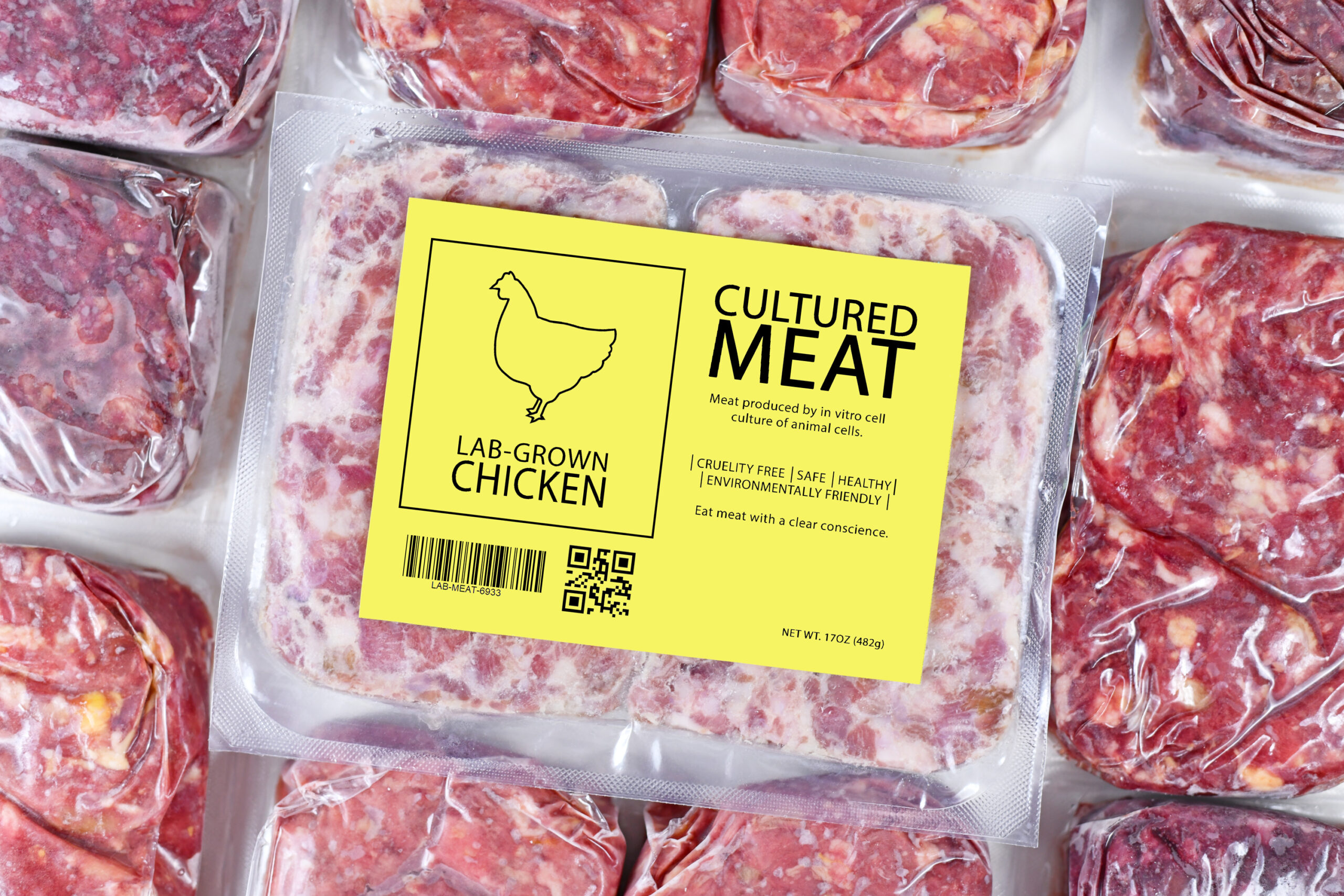Table of Contents

In a historic move, the FDA has given the go-ahead to lab-grown chicken, ushering in a new frontier for food production.
Produced by UPSIDE Foods and GOOD Meat using cutting-edge cell culture technology, this marks the first time meat grown from animal cells, rather than harvested from slaughtered livestock, has been cleared for human consumption in the U.S.
A Greener Alternative?
Proponents hail cultured meat as a more sustainable, ethical alternative to factory farming. By growing only the desired animal tissues, the process sidesteps the immense land, water, and feed inputs of raising billions of chickens.
Eliminating the animals themselves shrinks the carbon hoofprint, as livestock emit potent greenhouse gasses like methane.
Yet, questions linger about the true ecological calculus. Cell cultures require energy-intensive bioreactors and pristine lab conditions.
Scaled production could rival or exceed the long-term resource drain and emissions of conventional animal agriculture, some critics argue. Rigorous lifecycle assessments are needed to definitively deem lab-grown meat the greener option.
Bioethical Quandaries
If cultured meat lives up to its eco-friendly promise, it could ease the plight of the nearly 10 billion broiler chickens raised and slaughtered for food in the U.S. each year. Most endure crowded, unnatural conditions on factory farms. Growing just their cells, not sentient bodies, seems a more humane approach.
However, the initial cell lines come from biopsied animals and long-term impacts on their welfare remain murky. Some bioethicists also worry that normalizing lab-grown flesh further entrenches the idea of animals as mere food sources, rather than living beings deserving of moral consideration.
A society that views meat as a birthright, divorced from its origins, faces a steeper climb to truly elevating animal wellbeing.
Transforming Global Food Systems
By decoupling meat production from land-hungry pastures and feed crops, cellular agriculture could redefine worldwide food security. Compact cultured meat facilities near urban centers may boost fresh protein access in sprawling food deserts.
Regions unsuited for livestock, from drylands to dense cities, could gain local meat self-sufficiency.
How this might impact developing nations remains to be seen. Will cultured meat operations concentrate in wealthy nations, undercutting local farmers globally? Or will the technology democratize access to affordable nutrition worldwide? Policy guardrails must steer equitable outcomes as the industry scales.
Challenges Ahead
While these FDA consultations confirm no glaring safety issues with UPSIDE and GOOD Meat's cultured chicken, the pre-market approval process is ongoing. Queries of allergenicity, antibiotic use, and foodborne illness vulnerability require resolution before products reach store shelves.
Long-term health impacts are also uncharted territory. Cultured meats currently approximate conventional nutritional profiles, but tweaks to fat, micronutrient and amino acid ratios could produce optimized Frankenfoods.
Wide-ranging longitudinal studies must assess physiological and epidemiological effects as consumers chow down on this brave new protein.
Perhaps the biggest hurdle is cultural acceptance. A recent study found only around 40% of US and UK consumers were willing to switch their meat intake to cultured alternatives. Visceral squeamishness about "lab-grown" fare abounds. Compelling storytelling around societal benefits, along with competitive pricing and spot-on taste mimicry, will be key to convert the masses.
The FDA's precedent-setting approval of lab-grown chicken is but the first taste of a new food revolution.
While cultured meat holds tantalizing potential to sustainably nourish a growing global population, its true environmental and ethical ramifications remain to be seen. As cellular agriculture evolves from petri proteins to supermarket staples, a vigorous scientific and social dialogue must ensure this brave new food future unfolds in humanity's best interest.
